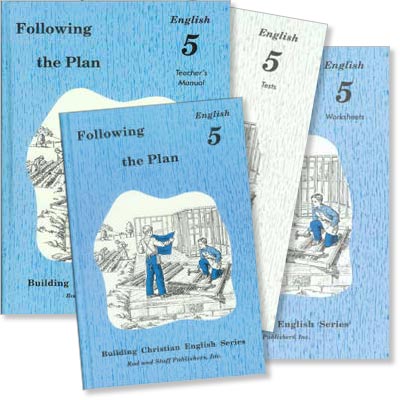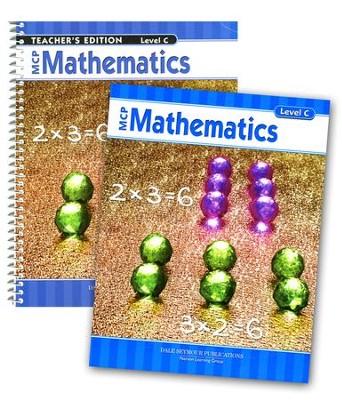"Roll with the punches" Have you ever wondered where that idiom came from?? It's a move used in martial arts. We use it to refer to how we adapt to setbacks in order to better manage their impact on our lives. So, I made some changes, during this season of our lives.
For one, I revamped our Language Arts. I incorporated a spelling workbook, dropped copywork and dictation, and picked up Rod and Staff for our grammar.
 My priority was a teacher's guide and Rod and Staff has a well laid out one. There isn't much prep required, the lesson material is easy to present, and it can be presented in an living way. I sit with my student and we go over the lesson. When we first started I only did the oral drill section. On our term exams though, I found my 4th grader hadn't retained very much and he didn't understand or follow the printed directions. So, now we do just 3 or 4 of the written exercises too.
My priority was a teacher's guide and Rod and Staff has a well laid out one. There isn't much prep required, the lesson material is easy to present, and it can be presented in an living way. I sit with my student and we go over the lesson. When we first started I only did the oral drill section. On our term exams though, I found my 4th grader hadn't retained very much and he didn't understand or follow the printed directions. So, now we do just 3 or 4 of the written exercises too.My 7th grader prefers this curriculum over her Analytical Grammar that she was doing. Rod and Staff seems to break it down for her in easier to digest pieces. I started in Book 5 but then backed her up to Book 4 because that's where Rod and Staff actually begins diagramming sentences. The course only progresses through 10th grade but in Cathy Duffy's review she states the program is thorough and complete.
Cathy's description of the teacher's manual sold me instantly..
I sometimes use the MCP Mathematics teacher’s edition as an example of what a good teacher’s manual should look like. [...]
"I really appreciate this format where everything you might need is visible on a two-page spread. It is easy to pick out what you might want to use so lesson preparation time is minimal." cathyduffyreviews.com.
Apparently one of the drawbacks to this curriculum is its lack of review and slow pace. Well I have Richele Baburina to thank for teaching me how to use the method of New, Review, and Mental math. It's a part of teaching math the living way.
There are plenty of problems in each section, more than could or should be done in one setting. I use the teacher's guide to "teach" the new part. I sit with my student as we work through the first few together. I then assign a few problems in the book for the student to work on independently.
I flag pages with a post it note that have problems I want to return to later for review, these problems are presented after their independent work is completed. In the teacher's manual there is a section on every page for warm-up, mental and review math. I use these exercises as a part of review or mental math. All in all, we spend about 30 minutes on math keeping the lessons short. 15 minutes on new, 10 minutes on review and the last 5 minutes on mental math. Lessons are still short and end on a lively note.
In spite of it being a curriculum, I'm still attempting to keep it lively and interesting. The kids seem to like it and they really like the fact I "look" like I know what I'm talking about.
I made a few other changes too, like dropping Spanish and Spanish folksong. I don't speak a foreign language and its been difficult for the children to pick up without any "immersion". I decided to hold off on Plutarch this year and I'm taking to the kids to an outside art class since that was always pushed to the back burner.
So there you go, our necessary changes to make this season more manageable.
**updated planner pages uploaded under "Printables" tab
